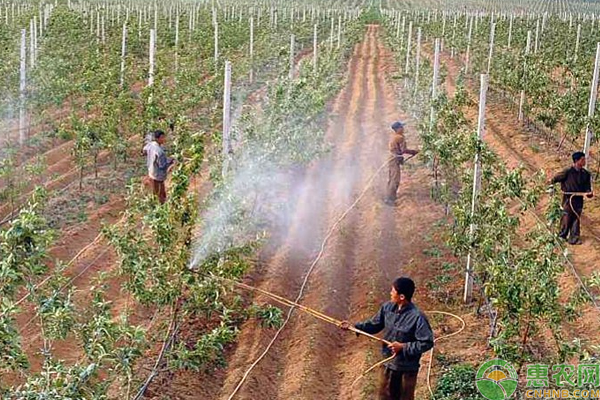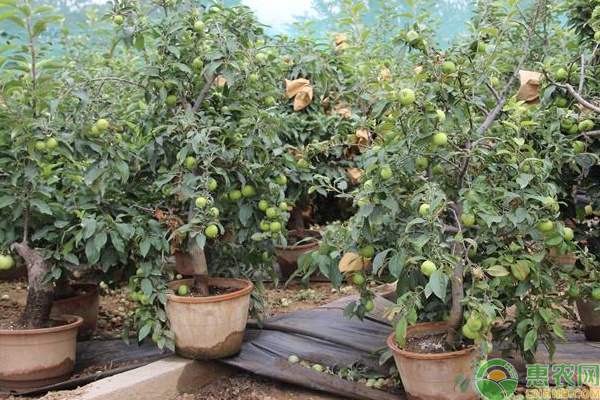Orchard management is very important for the high yield and high yield of fruit. In the near future, the weather is changing and the weather is uncertain. So what should we pay attention to in the management of the orchard in the rainy season? Let's take a look at the matters needing attention in the management of the rainy season.

1. Timely drainage.
Dredge the orchard drainage ditch, remove the accumulated water in time, and do a good job in the orchard and soil in time to prevent the roots and rotten roots.
2. Grasp the topdressing.
One is the top dressing. Spraying potassium dihydrogen phosphate, agricultural nucleotides or nitrogen-containing foliar fertilizer enhances photosynthesis, increases the nutrient accumulation of the tree, and prevents the phenomenon of “de-fertilization†of fruit trees caused by large rain. Spray the corresponding fruit-preserving medicine to protect the fruit and prevent the physiological drop and cracking of the rainy season.
The second is root fertilization. After the accumulation of water, the application of nitrogen or phosphate fertilizer as the quick-acting fertilizer or compound fertilizer to promote new roots and promote the restoration of tree potential.

3. Tree management.
The first is reinforcement. After the rain, the sloped or fallen fruit trees are reinforced as they are. In particular, the roots of fruit trees cultivated in protected areas are shallow and are more likely to fall after flooding.
The second is pruning. After the weather turns fine, the diseased branches, diseased fruit, cracked fruit and broken branches are cut off. For fruit trees with long time of immersion, serious damage to roots and luxuriant foliage, some branches and leaves are cut off to enhance the ventilation and light transmission of the orchard. First, remove too many new shoots on the back, leave a small new shoot about 30 cm away, in order to prevent the sparse and then take off, then sparse the new shoots above the branches, and then the sides and the interlayer light And a matte new shoot. The big branches that have no fruit and no space for many years should also be removed. The new shoots of the fruit should not be gone, because the nutrients are close to the supply, and the new shoots of the fruit peeling table affect the fruit expansion. After the thinning, the flower shadow coefficient of the tree should reach 25% or more. Promote flower bud formation and prevent fruit loss, and also alleviate the contradiction between new shoots and fruit. After pruning, spray 1-2 times to prevent the spread of pests and diseases caused by pruning.
The third is to replenish the seedlings. For the fruit trees that have died after flooding, find the source of the trees in time and make up the seedlings.

4. Pest control.
After the storm, the orchard has a high humidity, which is conducive to the spread of germs and pests, and timely prevention and control of pests and diseases should be carried out.
The first is the Qingyuan. After the rain, clear the pests, rotten fruits, rotten leaves, etc. in time to reduce the source of pests and diseases.
The second is chemical control. It should be noted that after the weather is fine, spray the medicine to prevent disease and insects in time, and it can be combined with the root dressing. The whole garden sprays 1-2 times of broad-spectrum insecticide and fungicide. For the orchard where rotten roots occur, the rotten roots and dead plants should be dug in time, and lime or drenched with germicide should be applied around the tree tray.
The above is the precautions for the management of the rainy season orchard. When the spring and summer alternate, the seasons change, and everyone pays attention to strengthening the management of the orchard.
Eye Care,Family Eye Care,Precision Eye Care,Complete Eye Care
Guangzhou Lingxue Cosmetics Co., Ltd , https://www.gzlxgj188.com